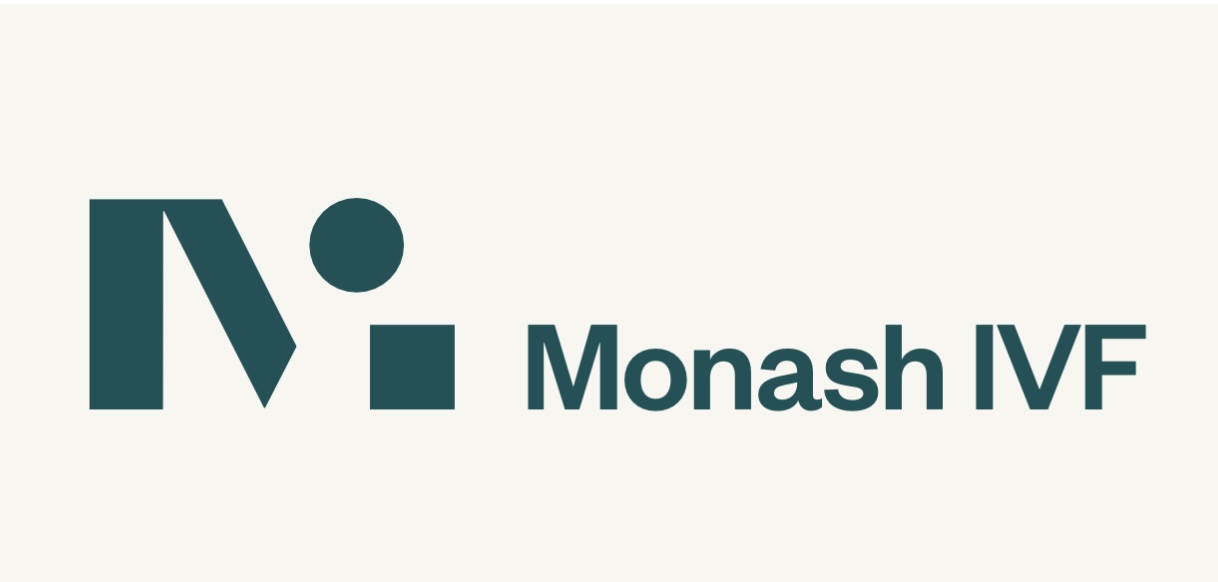Medication for Ovulation: Understanding Options and Treatment Strategies
Ovulation is a crucial process in a woman’s reproductive cycle, as it is the release of a mature egg from the ovary. However, some women may experience difficulties with ovulation, which can impact their fertility and ability to conceive. In such cases, medication for ovulation may be recommended to stimulate the release of eggs and increase the chances of pregnancy. In this article, we will explore the various medications available for ovulation induction, their mechanisms of action, and the treatment strategies associated with their use.
Understanding Ovulation and Ovulation Disorders
Before delving into medication options for ovulation, it is important to understand the process of ovulation and the potential disorders that can affect it. Ovulation typically occurs once a month when a mature egg is released from the ovary and travels through the fallopian tube, where it can be fertilized by sperm. Ovulation disorders can disrupt this process, leading to irregular or absent ovulation. Common ovulation disorders include polycystic ovary syndrome (PCOS), hypothalamic dysfunction, and premature ovarian insufficiency.
Medication Options for Ovulation Induction
1. Clomiphene Citrate (Clomid):
Clomiphene citrate, commonly known by its brand name Clomid, is a medication frequently prescribed for ovulation induction. It works by blocking estrogen receptors in the brain, which leads to an increase in follicle-stimulating hormone (FSH) production. This, in turn, stimulates the ovaries to produce and release eggs. Clomid is typically taken orally for five consecutive days, starting on the third to fifth day of the menstrual cycle.
2. Letrozole (Femara):
Letrozole, also known by its brand name Femara, is an aromatase inhibitor that is primarily used in the treatment of breast cancer. However, it has also been found to be effective in stimulating ovulation. Letrozole works by inhibiting the production of estrogen, which leads to an increase in FSH production and subsequent ovulation. Like Clomid, letrozole is taken orally for five consecutive days, usually starting on the third to fifth day of the menstrual cycle.
3. Gonadotropins:
Gonadotropins are injectable medications that directly stimulate the ovaries to produce multiple eggs. These medications contain follicle-stimulating hormone (FSH) and luteinizing hormone (LH), which are naturally produced by the pituitary gland. Gonadotropins are typically used in cases where Clomid or letrozole have not been effective or when a more controlled and closely monitored ovulation induction is required. They are administered via subcutaneous injections, and the dosage and timing are carefully adjusted based on the individual’s response.
4. Metformin:
Metformin is an oral medication commonly used to treat type 2 diabetes. However, it has also been found to be effective in treating ovulation disorders, particularly in women with PCOS. Metformin works by improving insulin sensitivity and reducing insulin resistance, which can help regulate hormone levels and restore normal ovulation. It is often used in combination with Clomid or letrozole to enhance their effectiveness.
Treatment Strategies for Ovulation Induction
1. Monitoring Ovulation:
During ovulation induction, it is essential to monitor the response to medication and determine the timing of ovulation. This is typically done through regular ultrasound examinations to monitor the growth of ovarian follicles and the thickness of the uterine lining. Blood tests may also be conducted to measure hormone levels and pinpoint the optimal time for intercourse or assisted reproductive techniques.
2. Timing Intercourse:
Ovulation induction aims to maximize the chances of conception, and timing intercourse is crucial in this process. Healthcare providers will provide guidance on the most fertile period based on the response to medication and monitoring. Intercourse is often recommended within a specific timeframe surrounding ovulation to optimize the chances of fertilization.
3. Assisted Reproductive Techniques:
In some cases, ovulation induction may be combined with assisted reproductive techniques such as intrauterine insemination (IUI) or in vitro fertilization (IVF). These techniques involve the collection of eggs, their fertilization with sperm, and the transfer of resulting embryos into the uterus. Assisted reproductive techniques can be recommended when other methods of ovulation induction have not been successful or when there are additional fertility factors involved.
4. Side Effects and Risks:
Like any medication, ovulation induction medications can have side effects and risks. Common side effects include hot flashes, mood swings, breast tenderness, and bloating. In rare cases, there is a risk of ovarian hyperstimulation syndrome (OHSS), a condition characterized by the overstimulation of the ovaries, which can lead to abdominal pain, swelling, and fluid retention. It is important to discuss potential side effects and risks with a healthcare provider and undergo regular monitoring to minimize complications.
Medication for ovulation induction can be a valuable tool for women experiencing ovulation disorders. Clomiphene citrate, letrozole, gonadotropins, and metformin are among the options available to stimulate ovulation and increase the chances of conception. Treatment strategies, such as monitoring ovulation, timing intercourse, and considering assisted reproductive techniques, play a vital role in the success of ovulation induction. It is crucial to work closely with a healthcare provider to determine the most appropriate medication and treatment plan based on individual circumstances. With proper guidance and monitoring, medication for ovulation can significantly enhance the chances of achieving a successful pregnancy for women facing ovulation challenges.











